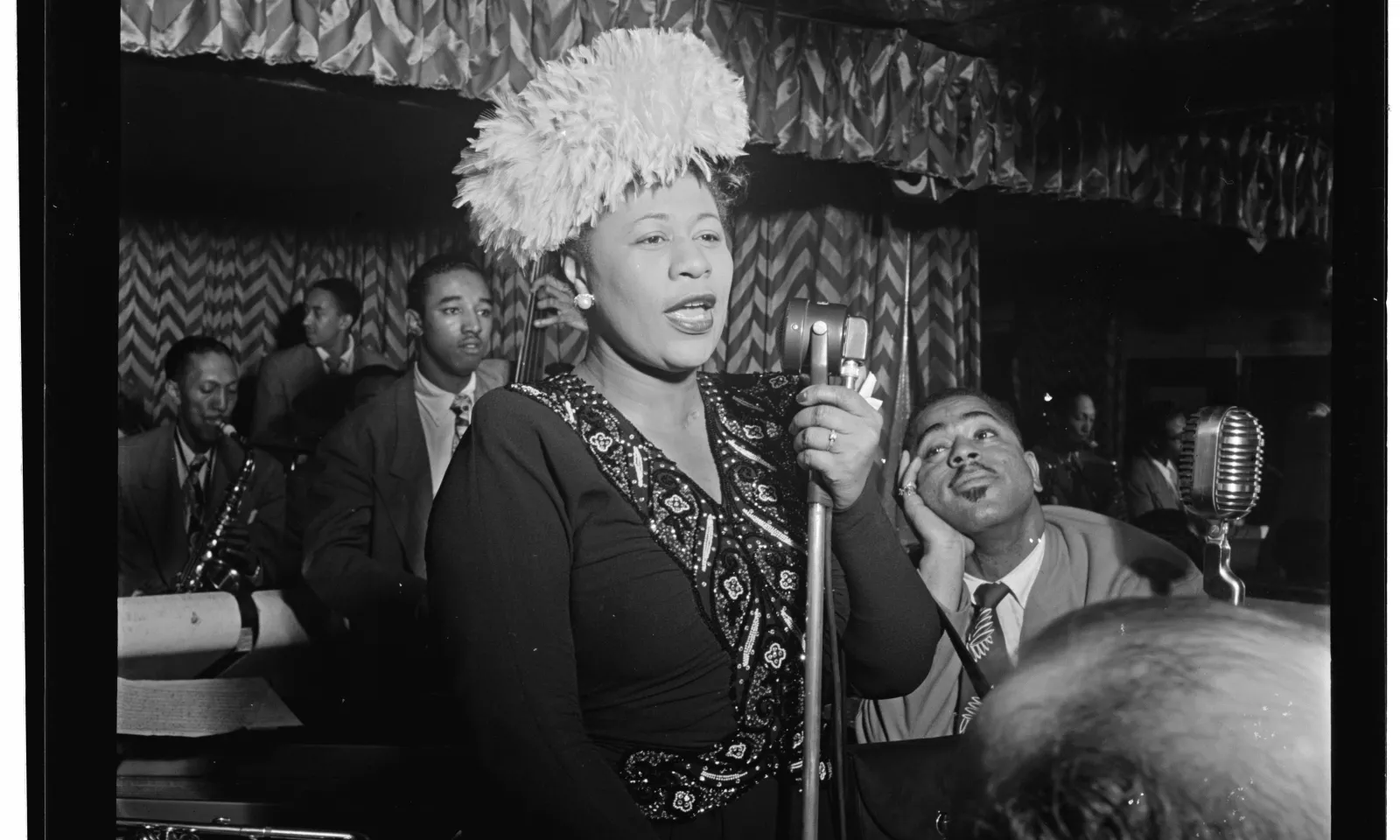

315 East Warren Avenue
Detroit, Michigan 48201
313-494-5800
info@thewright.org
Adults (18-61): $15
Seniors (62+): $12
Youth (6-17): $12
Children 5 and Under: Free
Members: Free
($10 during premiere exhibitions)
Monday: Closed
Tuesday & Wednesday:
9 AM - 5 PM
Thursday: 9 AM - 7 PM
Friday, Saturday, & Sunday:
9 AM - 5 PM

315 East Warren Avenue
Detroit, Michigan 48201
313-494-5800
info@thewright.org
Adults (18-61): $15
Seniors (62+): $12
Youth (6-17): $12
Children 5 and Under: Free
Members: Free
($10 during premiere exhibitions)
Monday: Closed
Tuesday & Wednesday:
9 AM - 5 PM
Thursday: 9 AM - 7 PM
Friday, Saturday, & Sunday:
9 AM - 5 PM

315 East Warren Avenue
Detroit, Michigan 48201
313-494-5800
info@thewright.org
Adults (18-61): $15
Seniors (62+): $12
Youth (6-17): $12
Children 5 and Under: Free
Members: Free
($10 during premiere exhibitions)
Monday: Closed
Tuesday & Wednesday:
9 AM - 5 PM
Thursday: 9 AM - 7 PM
Friday, Saturday, & Sunday:
9 AM - 5 PM

315 East Warren Avenue
Detroit, Michigan 48201
313-494-5800
info@thewright.org
Adults (18-61): $15
Seniors (62+): $12
Youth (6-17): $12
Children 5 and Under: Free
Members: Free
($10 during premiere exhibitions)
Monday: Closed
Tuesday & Wednesday:
9 AM - 5 PM
Thursday: 9 AM - 7 PM
Friday, Saturday, & Sunday:
9 AM - 5 PM

315 East Warren Avenue
Detroit, Michigan 48201
313-494-5800
info@thewright.org
Adults (18-61): $15
Seniors (62+): $12
Youth (6-17): $12
Children 5 and Under: Free
Members: Free
($10 during premiere exhibitions)
Monday: Closed
Tuesday & Wednesday:
9 AM - 5 PM
Thursday: 9 AM - 7 PM
Friday, Saturday, & Sunday:
9 AM - 5 PM

315 East Warren Avenue
Detroit, Michigan 48201
313-494-5800
info@thewright.org
Adults (18-61): $15
Seniors (62+): $12
Youth (6-17): $12
Children 5 and Under: Free
Members: Free
($10 during premiere exhibitions)
Monday: Closed
Tuesday & Wednesday:
9 AM - 5 PM
Thursday: 9 AM - 7 PM
Friday, Saturday, & Sunday:
9 AM - 5 PM

315 East Warren Avenue
Detroit, Michigan 48201
313-494-5800
info@thewright.org
Adults (18-61): $15
Seniors (62+): $12
Youth (6-17): $12
Children 5 and Under: Free
Members: Free
($10 during premiere exhibitions)
Monday: Closed
Tuesday & Wednesday:
9 AM - 5 PM
Thursday: 9 AM - 7 PM
Friday, Saturday, & Sunday:
9 AM - 5 PM

The museum is open from 9 AM - 5 PM today.
The museum is open from 9 AM - 5 PM today.

Jazz Greats: Classic Photographs from the Bank of America Collection celebrated the legacy of singers, musicians, audiences, and artists who contributed to the cultural footprint of jazz.
Jazz Greats honors the magic that happens when a photographer captures a precise moment in a performing artist's life—on or off stage—and memorializes the joy of audience members as they participated in the making of music history.
Through many dynamic lenses, the collection highlights early jazz leaders and defining moments of cultural transformation during an era of social, economic, industrial, and political reckoning.
The exhibition is comprised of 31 photographs by 14 photographers that date from the 1920s to the 1980s. Almost all are gelatin silver prints made from negative film, which achieve a crystalline depth of field not seen in digital images.
Of all visual art media, photography is most often referred to as democratic in its accessibility—to photograph takers, makers, and viewers. There is some truth to that designation, especially today, when capturing a high-quality image is easy for most of us. However, the processes used to create the photographs on view in Jazz Greats: Classic Photographs from the Bank of America Collection were not nearly as simple. Almost all are gelatin silver prints made from negative film, a near-obsolete photography method displaced by digital technology. Although high-resolution digital images can offer striking results, the crystalline depth of field achieved with film is arguably unsurpassed. Beyond their material properties, the images in this exhibition reveal a variety of relationships between photographers and performers. Some present the photographer as an intimate in the scene pictured; others place the photographer with us in the audience. Because engaged artists left us valuable, historical records, pictured here are times past but not lost.
The images gathered for this exhibition offer more than an overview of music and movement captured with professional accuracy and acumen. In the early era of photography beginning in 1839, the year of the medium’s invention, photographs offered only a glimpse of reality. A glimpse that faithfully records what is before the lens, though, preserves something immeasurably more—an impression unique to each photographer. This selection of black-and-white prints spans three generations and speaks to the histories of individuals and occurrences, in front of and behind the camera.
Image Credits
Michael L. Abramson (American, 1948–2011)
Perv’s House, Dance, Chicago Southside, 1976
Gelatin silver print
Bank of America Collection
Jonas Dovydenas (American, b. Lithuania, 1939)
Church Holiday Musicians, Chicago, 1968, from the Faces portfolio
Gelatin silver print
Bank of America Collection
William Gottlieb (American, 1917–2006)
Apollo, c. 1950
Gelatin silver print
Bank of America Collection
William Gottlieb (American, 1917–2006)
Django Reinhardt, c. 1950
Gelatin silver print
Bank of America Collection
William Gottlieb (American, 1917–2006)
Dizzy Gillespie, 52nd St., New York, N.Y., c. 1948
Gelatin silver print
Bank of America Collection
William Gottlieb (American, 1917–2006)
Ella Fitzgerald, Dizzy Gillespie, Ray Brown, Milt (Milton) Jackson, and Timmie Rosenkrantz, Downbeat, New York, N.Y., 1947
Gelatin silver print
Bank of America Collection
Barbara Morgan (American, 1900–1992)
Martha Graham, El Penitente (Erick Hawkins Solo, “El Flagellante”), 1940
Gelatin silver print
Bank of America Collection
Barbara Morgan (American, 1900–1992)
Martha Graham and Merce Cunningham in Letter to the World – “Dear March, come in,” 1940
Gelatin silver print
Bank of America Collection
Gordon Parks (American, 1912–2006)
Music—That Lordly Power, 1993
Gelatin silver print
Bank of America Collection
We've cut our exhibition carbon footprint by 30% in recent years, advancing our commitment to environmental stewardship.